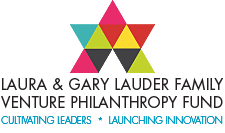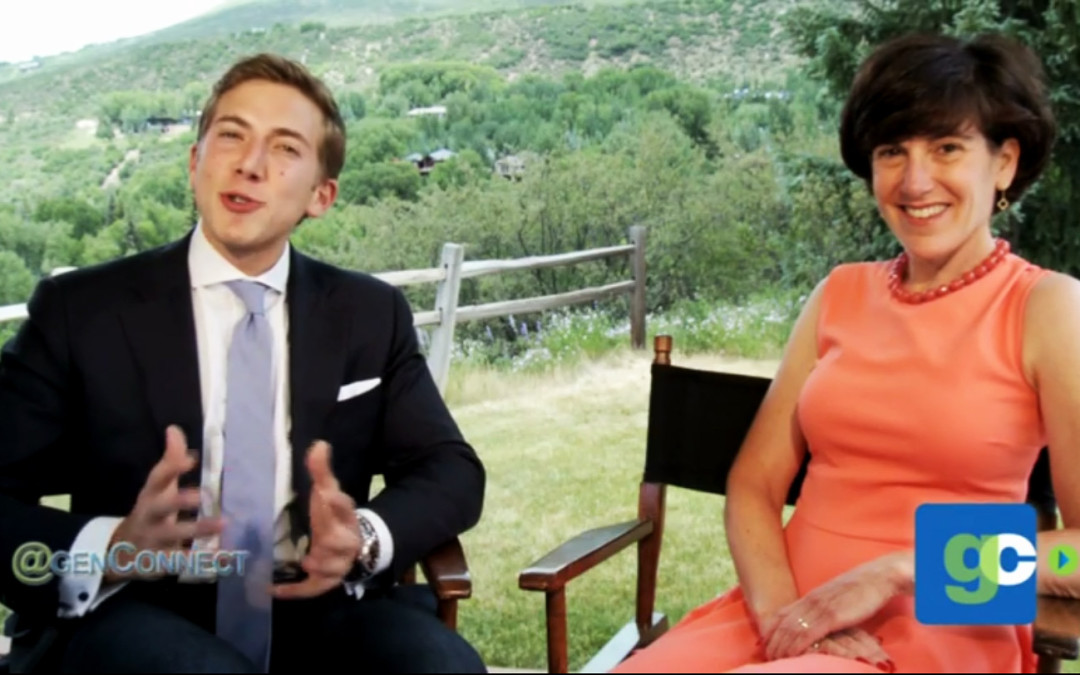Laura Lauder, venture capitalist turned venture philanthropist, says that the transition from investment to philanthropy was surprisingly simple. With years of experience under her belt, she knew that the ability to scale an organization and strong leadership were key. “Translating that in to the philanthropy sector is actually not that hard if you really look at those specific issues,” says Lauder who, along with her husband Gary, created the Lauder Foundation in 1995 to pursue the mitzvah of tzedakah, or righteous giving.
“When it comes to venture philanthropy you’re looking for ways to find gaps, trying to find an excellent leader who can help catalyze a group of people, and then scale that as long as you have measurable outcomes,” Lauder adds.
But philanthropy, she says, is much more than simply donating money. Watch genConnect chat with venture philanthropist Laura Lauder about her commitment to supporting Jewish education, the Franklin Project and importance of national service, and how anyone can effect change, no matter how much money they make.
In the world of philanthropy, measurable outcomes come in the form of social returns on investment (SROI), which Lauder admits can be difficult to measure and considerably more difficult than regular ROI.
There is a considerable amount of planning that goes in to the allocation of funds in charitable organizations, Lauder says. “Eighty percent of the budget is focused on things that we’re involved with, hands on. Twenty percent, we actually write checks. Frankly, those are our taxes.”
By donating to organizations they are not directly involved with, like the Red Cross and United Way, the Lauder Foundation is contributing to the maintenance and improvement of civil society.
Despite the fact the Laura Lauder and her husband Gary have had a massive impact on Jewish education, neither of them were raised in a religious household. But, when it came to educate their children, the Lauders chose to enroll them in Jewish day schools in order to instill in them a values-based education and, “give them a gift we never had.”
Lauder is on the board of 13 organizations, yet there is one that is closest to her – the Franklin Project at the Aspen Institute. “It’s a project focused on creating a culture of national service in this country that will create an expectation. That young people 18 to 28 will serve their country in some way for a year, at minimum.”
In order for this service to become engrained in American society, Lauder says employers must agree that it is simply expected from their potential employees; the benefit will be immense. “We can make sure that there is a sense of patriotism, of camaraderie, of serving others for this generation.”
She admits that she is often asked about how to pay for a national service program. “We have AmeriCorps, we have 80,000 spots in AmeriCorps. We have the Corporation of National Community Service at the federal level, which is a billion-dollar agency, which supports those 80,000 spots.”
The problem is that there are 600,000 applicants for 80,000 available positions. The U.S. would benefit greatly from an expansion of such programs. Lauder suggests keeping the structure of this system intact, but supplementing their revenue through other means like crowd funding, support from other federal agencies, philanthropy, and fundraising through programs like Kickstarter.
Lauder says that anyone can get involved in improving the world around them, despite their financial situation.
“The number of zeroes does not matter,” she says. “The question is your impact and how you really spend your time to enable and to catalyze something you’re passionate about.”

